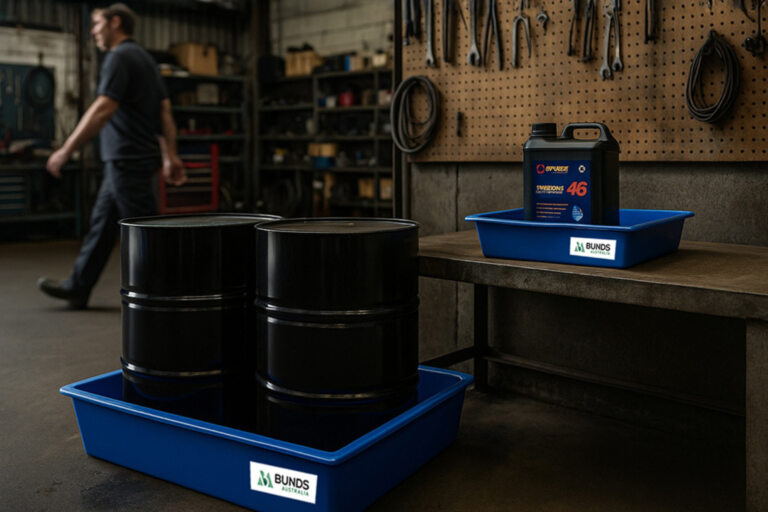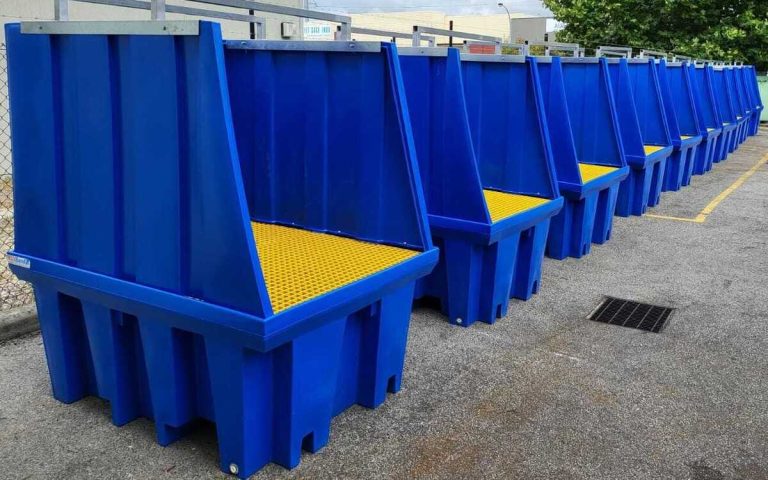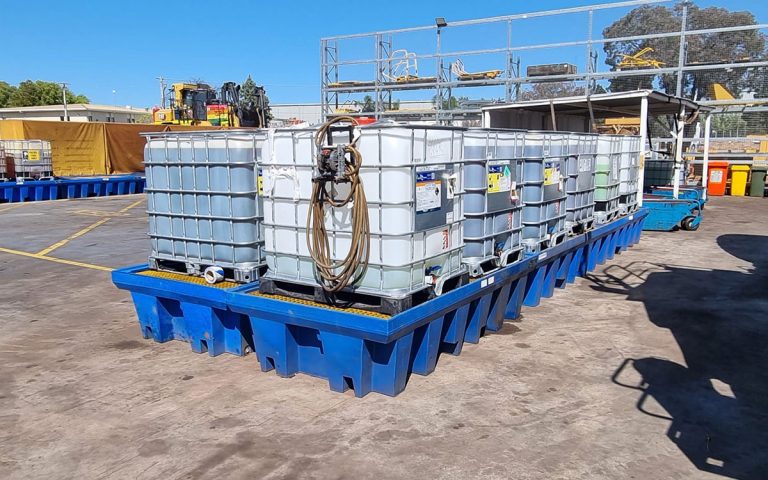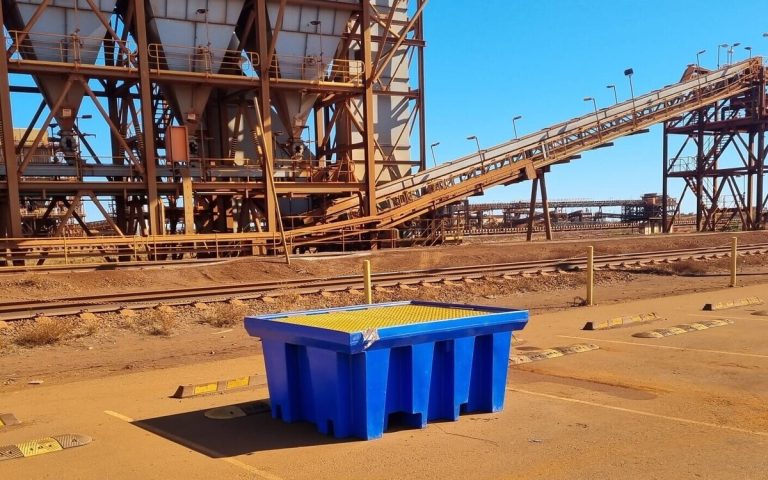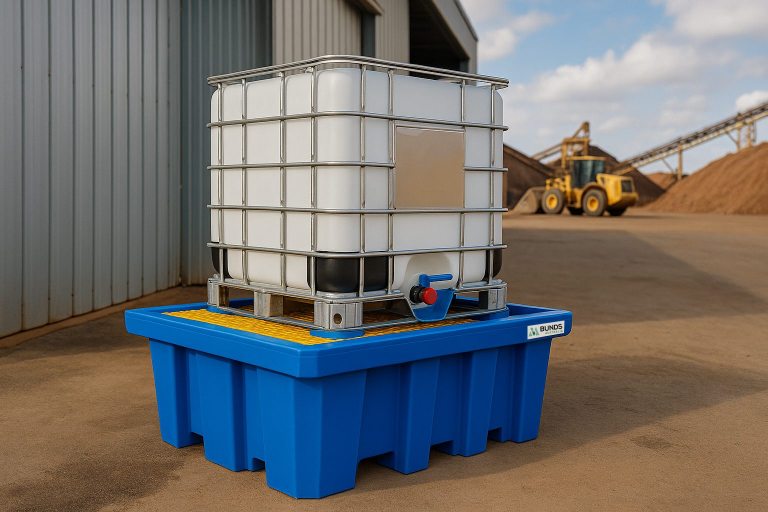Bunding plays a critical role in ensuring environmental protection, particularly in industries where hazardous materials are stored or used. The Environmental Protection Authority (EPA) sets strict guidelines for bunding to prevent harmful substances from leaking into the environment, and non-compliance can lead to severe legal penalties. In Melbourne, a recent incident involving a company that failed to implement proper bunding measures underscores the importance of compliance. This article will explore the significance of bunding in EPA compliance and how businesses can avoid hefty fines by adhering to proper environmental regulations.
The Melbourne Incident: A Case Study in Non-Compliance
In October 2022, a significant environmental disaster unfolded in Melbourne when a chemical spill from a business leaked into Cherry Lake, killing thousands of fish. The spill, which was a result of improper bunding practices, led to criminal charges against the company. The EPA is now seeking fines that could amount to $1.8 million, highlighting the gravity of failing to comply with bunding regulations.
You can read more about the ongoing recovery efforts at Cherry Lake from the Hobsons Bay City Council’s official update.
This incident serves as a stark reminder that inadequate spill control measures not only harm the environment but also expose businesses to severe legal and financial consequences. The EPA’s investigation revealed that proper bunding could have prevented the toxic chemicals from reaching the lake, potentially saving the company from prosecution and avoiding the massive ecological damage.
Why Bunding is Essential for EPA Compliance
Bunding refers to the use of barriers, typically made from concrete or plastic, to contain spills of hazardous materials. The aim is to prevent substances like oil, chemicals, and fuels from leaking into surrounding areas, particularly waterways and soil, where they can cause extensive environmental damage.
The EPA has strict regulations concerning bunding for industries that store hazardous substances. These regulations, including oil bunding standards, require businesses to install bunded spill pallets, bund walls, or other containment solutions capable of holding spills until they can be safely managed. For specific guidelines, visit the EPA‘s official website.
Failure to comply with these bunding regulations can lead to substantial EPA fines and penalties. As demonstrated by the Melbourne case, businesses that do not take their bunding responsibilities seriously risk both environmental harm and significant legal repercussions.
How Bunding Prevents Environmental Disasters
The primary purpose of bunding is to prevent spills from reaching vulnerable ecosystems. For example, bunded areas around fuel storage tanks can prevent oil from contaminating waterways during a leak. Oil spills, in particular, can have devastating effects on aquatic life, as seen in the Cherry Lake disaster.
Moreover, bunding is crucial in areas prone to heavy rainfall. Without adequate bunding, rainwater can mix with hazardous substances and spread them further, contaminating a larger area. Properly installed bunds act as a safeguard, ensuring that hazardous materials remain contained even during adverse weather conditions.
For further information on effective spill management and bunding solutions, Bunds Australia provides detailed resources and recommendations. Visit Bunds Australia’s Bunding Solutions for more information.
Legal Penalties for Ignoring Bunding
The EPA has the authority to impose substantial fines on businesses that fail to comply with bunding regulations. These penalties are not limited to fines; companies may also face criminal charges if their negligence leads to environmental harm, as in the Melbourne case.
Businesses found guilty of failing to implement proper bunding measures may face:
- Fines up to millions of dollars, depending on the severity of the environmental impact.
- Criminal charges that could result in further financial losses and damage to the company’s reputation.
- Costs associated with environmental remediation, which may involve cleaning up contaminated soil or water, restoring damaged ecosystems, and compensating affected communities.
Achieving EPA Compliance with Effective Bunding Solutions
To avoid the risk of fines, penalties, and environmental disasters, businesses must ensure they are following EPA bunding regulations. Bunds Australia offers a range of bunding solutions, including bunded spill pallets and custom bund walls, designed to help companies comply with EPA guidelines and prevent spills from becoming environmental catastrophes.
Proactively implementing effective bunding solutions not only protects the environment but also shields businesses from legal repercussions. Companies that prioritise environmental compliance can build a strong reputation for sustainability while avoiding the costly consequences of non-compliance.
Conclusion
The Melbourne chemical spill case is a sobering example of the dangers of ignoring EPA bunding regulations. Proper bunding is essential for protecting the environment, avoiding legal penalties, and ensuring a company’s long-term success. By adhering to EPA compliance and investing in reliable bunding solutions, businesses can safeguard both the environment and their financial future.
For further details on how your business can stay compliant, explore Bunds Australia’s compliance solutions.




